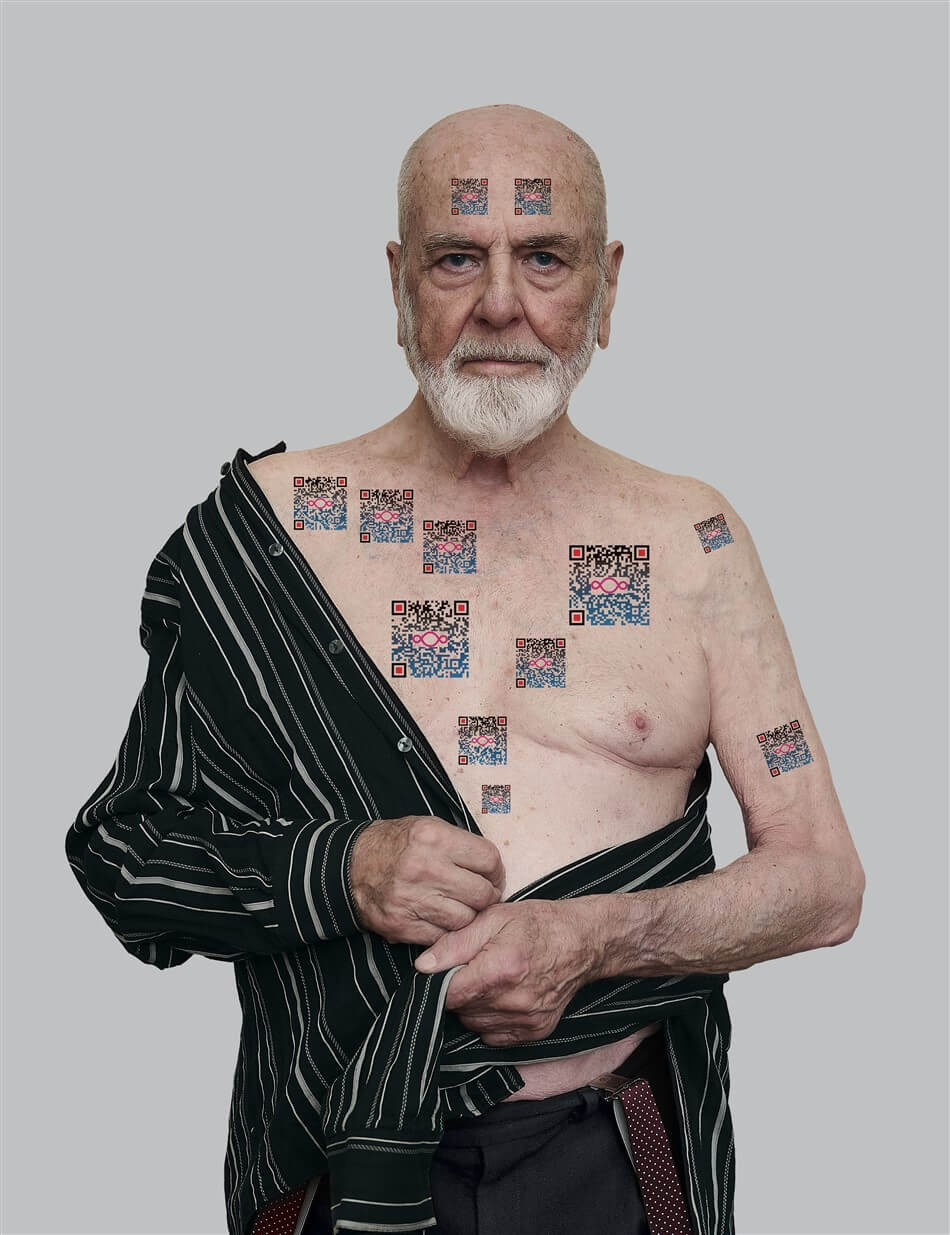
Michelangelo Pistoletto. Molti di uno (Many of One)
Castello di Rivoli Museo d’Arte Contemporanea
November 02, 2023 – February 25, 2024
Castello di Rivoli presents a major exhibition dedicated to Michelangelo Pistoletto (Biella, 1933) on the
occasion of his ninetieth birthday. Set up in the vast spaces of the Manica Lunga wing of the castle, Pistoletto’s Molti di uno (Many of One) reinvents the linear picture gallery architecture of the Manica Lunga, transforming it into an irregular and free-form urban device through which to collect and reread all his art in a gigantic self-portrait which works like the map of an ideal city of the future.

“Pistoletto is one of the most multifaceted, innovative, creative and visionary figures of contemporary art on a global level,” says Carolyn Christov-Bakargiev, Director of Castello di Rivoli Museo d’Arte Contemporanea. “Already active in the second half of the twentieth century, he is capable of reimagining the world in the twenty-first century through his ‘formula of creation’, in the name of a new ‘trinamic’ balance between the natural and artificial that he calls the Third Paradise.”

Pistoletto is among the artists who have redefined the concept of art since the mid-sixties of the last century through Arte Povera. Already from the first half of the 1950s, the artist questioned the concept of personal identity and embarked on the path of the self-portrait as an emblematic expression of his thought according to which the individual subject comes to life in relation to others, becoming a plural subject. Since 1962 he has been creating mirror paintings, in which the viewer and the world enter the work. Overcoming the boundaries marked by the purely pictorial dimension represented for Pistoletto the opening to a landscape that overlooks the contemporaneity of existence.

“Designed for the Manica Lunga,” says Marcella Beccaria, “Molti di uno is a city of art structured as walkable architecture and made up of 29 Uffizi (Offices) or rooms. Designed as open and connected spaces, the Uffizi include metaverse, art, science, philosophy, law, law, architecture, communication, politics, ecology, surveillance, sports, mathematics, spirituality, religion, mythology, education, nourishment, symbolism, cosmology, design, burial, history, urban planning, fashion, space, writing, health, information technology, nature. The 29 Uffizi expose the structure which, according to the artist, is the basis of civil and social life, proposing a vast network of interrelations and a proactive dynamic condition aimed at breaking down walls and separations.”

The 29 Uffizi are communicating with each other and interconnected through a series of doors, each bearing the sign of the specific activity on the architrave. The shape of the doors reflects the Segno Arte (Sign Art). Conceived by the artist in 1976, the Segno Arte is given by the intersection of two triangles, ideally inscribing human body with arms raised and legs apart. The first concept of an architecture within an architecture dates back to Porte – Uffizi (Doors – Uffizi) at the MuHKA – Museum van Hedendaagse Kunst Antwerpen in Antwerp. It stems from the earlier Le Porte di Palazzo Fabroni (The Doors of Palazzo Fabroni) created in Pistoia in 1995.

Pistoletto used this exhibition device several times since then, but always reflecting a classification that could be given to the society of that moment and simultaneously proposing an ideal city. The division of the city into Uffizi takes up a reflection to which the artist has dedicated space in his La Formula della Creazione (The Formula of Creation), 2022, a book in which he examines his own path, identifying 31 steps which, leading to the genesis of a new society, become cardinal points at the basis of the Formula of Creation. The exhibition will reveal a new participatory work-action in the Surveillance Uffizio.

“But this future city is also a city of technology, social media, and artificial intelligence,” says Christov-Bakargiev, “it is a world in which the mirror of constant, invisible and ubiquitous control can lead to the need to reimagine the notion of freedom. What does a world of homo cellularis mean, whose minimal gestures are recorded, measured, archived, and indeed extracted for predictive purposes? A technological mirror that can make humans slaves to AI machines, or capable of growing towards false paradises, depending on how responsibly and ethically these tools will be used by our descendants? Pistoletto makes us reflect on this, more than humanly.”

Within the vision of a new ethically responsible community, the exhibition is also a device to involve people, starting from the workers who in various capacities operate within and orbit around the Museum, making it a microcosm of a possible ideal city. Every day, a person equipped with specific knowledge and practice in an area for which one of the 29 Uffizi exists will be the responsible catalyst of the day: for example a press officer will be responsible for the Communication Uffizio, while the competent doctor could collaborate in a day dedicated to the Health Uffizio, just as an Artenaut could lead a day on education, just as a cafeteria manager could follow the day dedicated to the Nutrition Uffizio, the gardener could be responsible for the Ecology Uffizio and a curator that of the Art Uffizio, while a librarian could take care of the day dedicated to the Writing Uffizio. In this way the artist revitalizes and reinvents the concept of temporary exhibition and contributes to pragmatically creating a new world based on Demopraxy.
more. www.castellodirivoli.org

